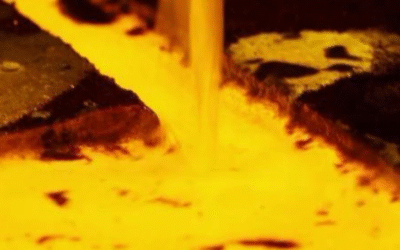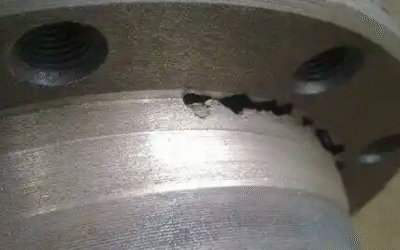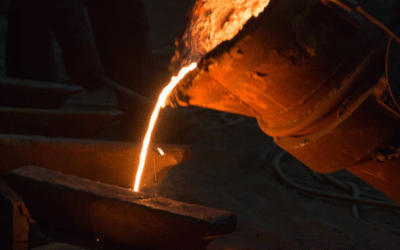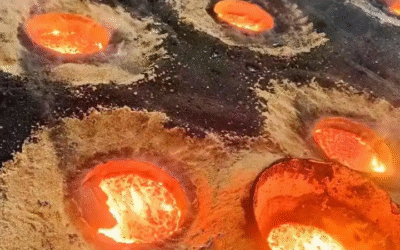Key Differences Between Porosity and Shrinkage Cavities Porosity and shrinkage cavities are two different casting defects. They affect metal castings in different ways. I recommend understanding their differences for better defect analysis and prevention. Porosity in...
Casting Defects
The 10 Common Types Of Defects In Metal Casting Process
Ever wondered why some metal parts get strange holes, surface marks, or break down too early? I've seen this happen many times. Cast metal defects are common—even when all specs look perfect. Most people mention porosity or cracks. But more problems hide...
How To Fix Shrinkage Porosity In Casting
Understanding Shrinkage Porosity in Casting Shrinkage porosity is a common casting defect. It happens when metals shrink during solidification. The liquid metal cannot fill the shrinking areas fast enough. This creates voids or cavities. I often see these defects in...
What Is The Cause Of Shrinkage Defect In Casting Process?
Introduction to Shrinkage Defects in Casting Shrinkage defects are common problems in Metal casting. They can hurt the quality of your finished castings. These defects happen when there isn't enough molten metal to fill the spaces left by natural contraction. Metal...
What Is The Difference Between Shrinkage And Porosity In Metal Casting Process
Introduction to Metal Casting Defects Metal casting defects determine the quality and performance of finished cast products. These imperfections can lead to rework, scrap, or failures in service. Based on my experience, hole class defects—porosity and...





